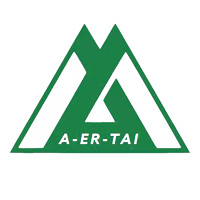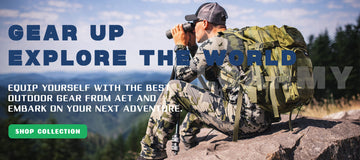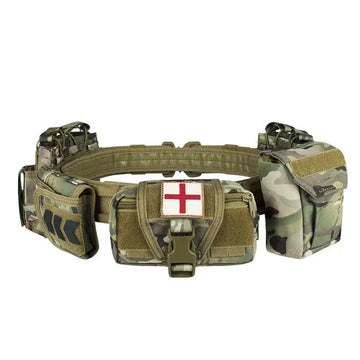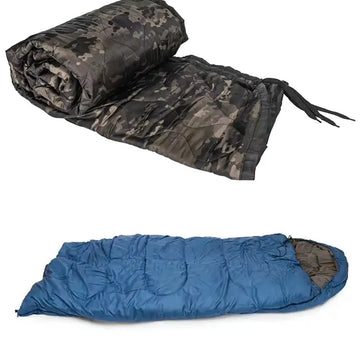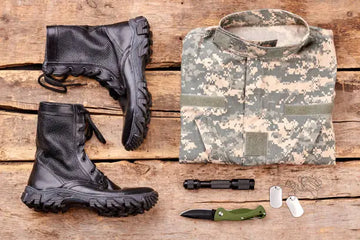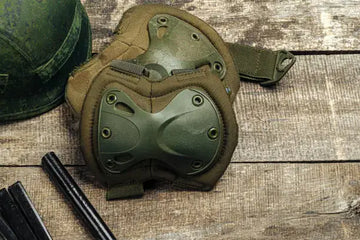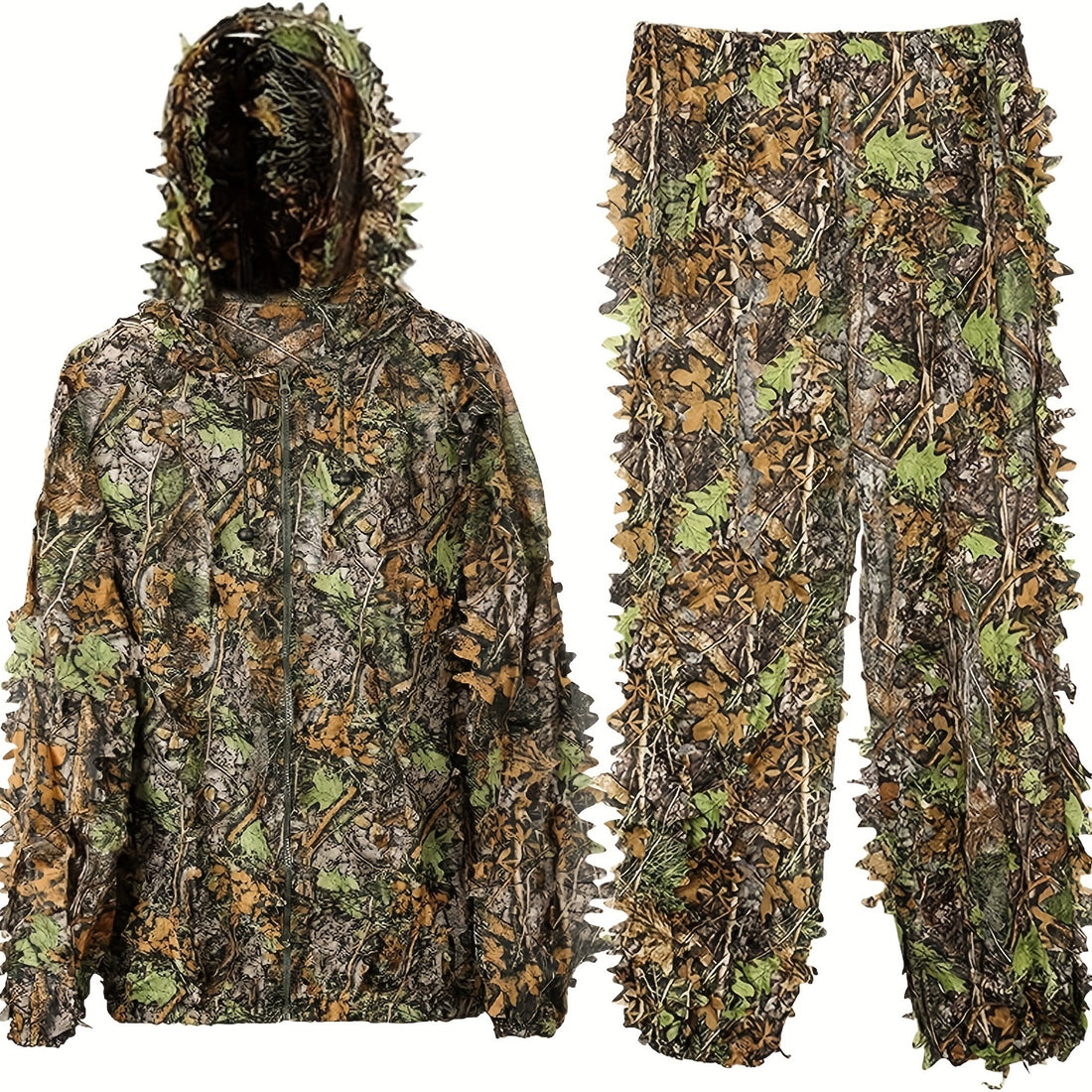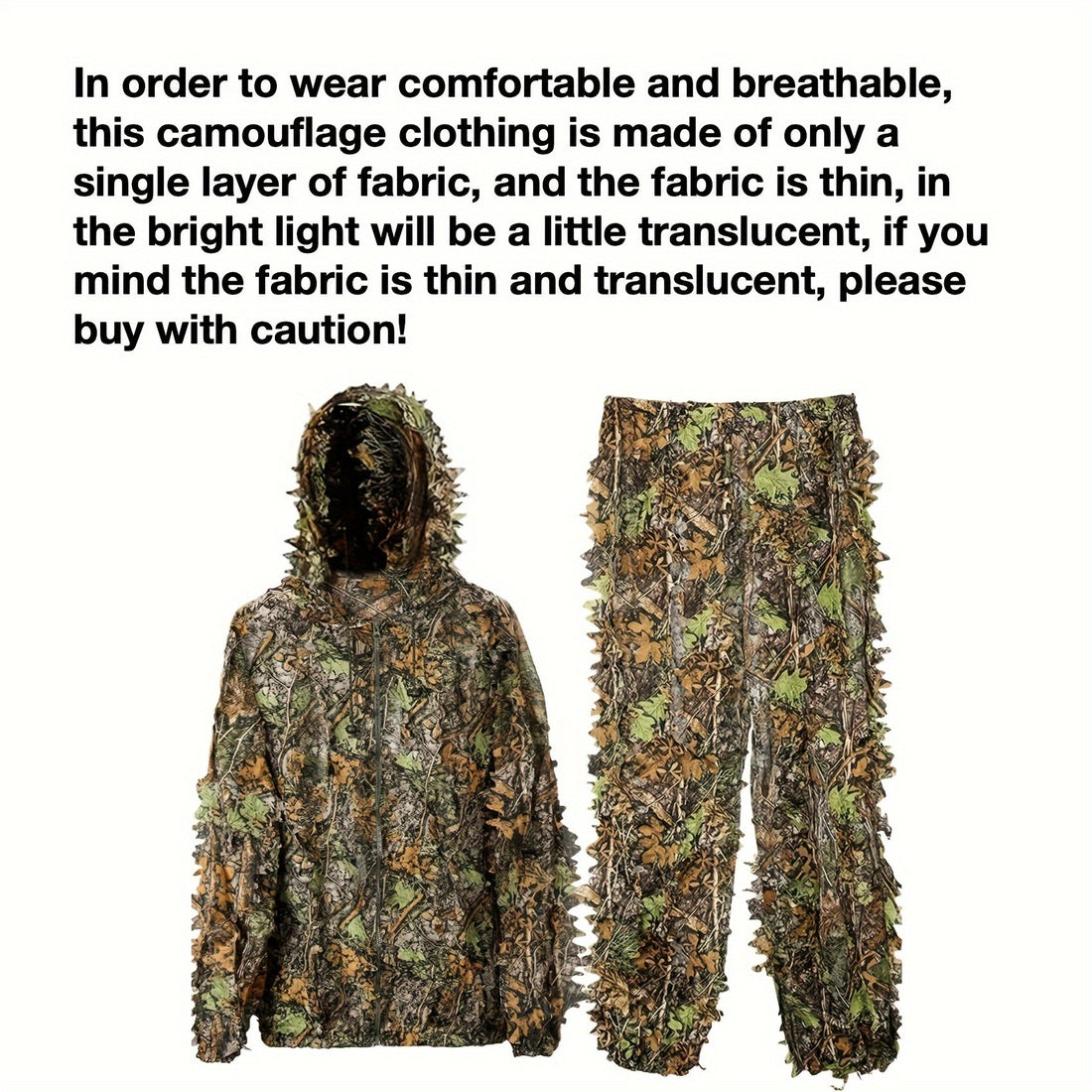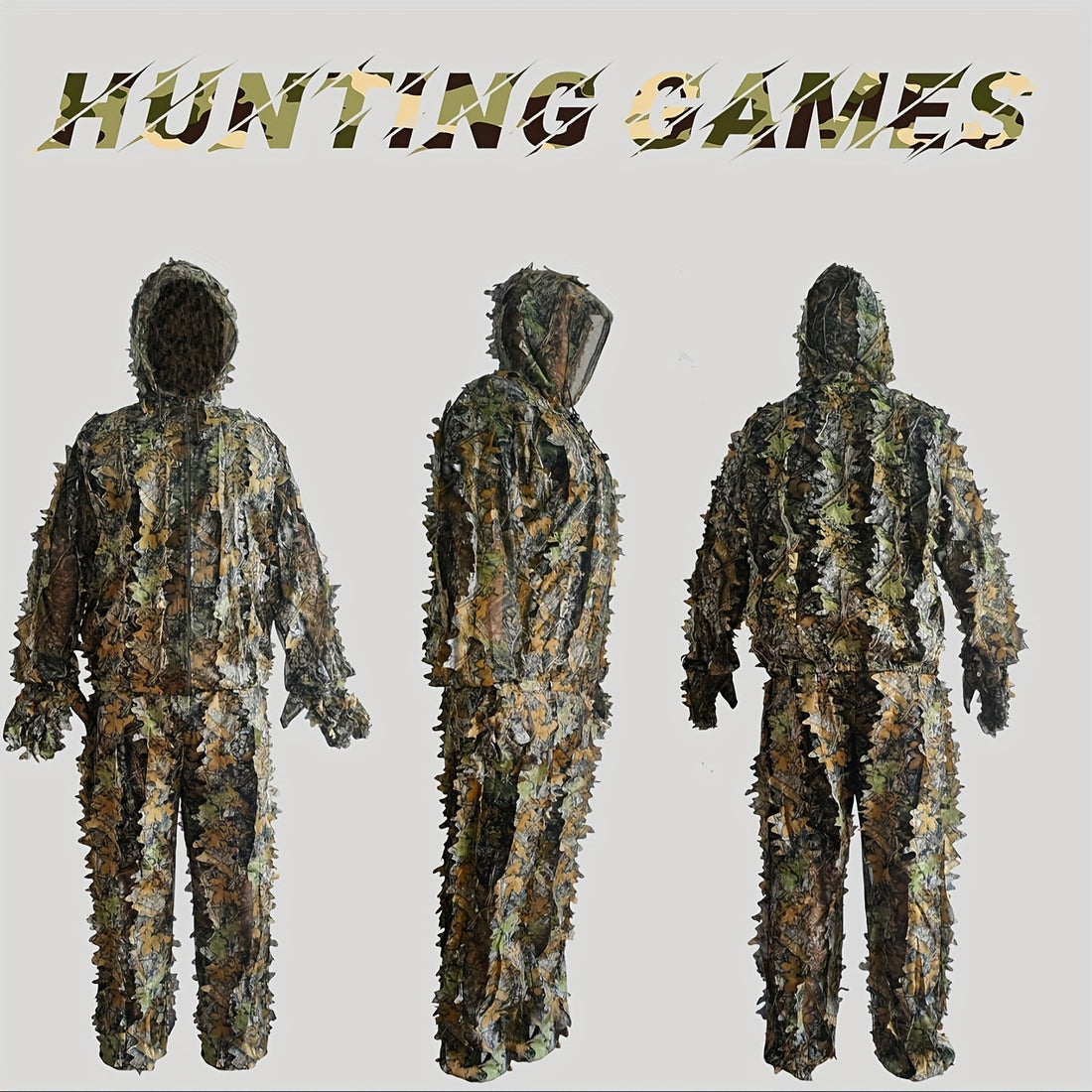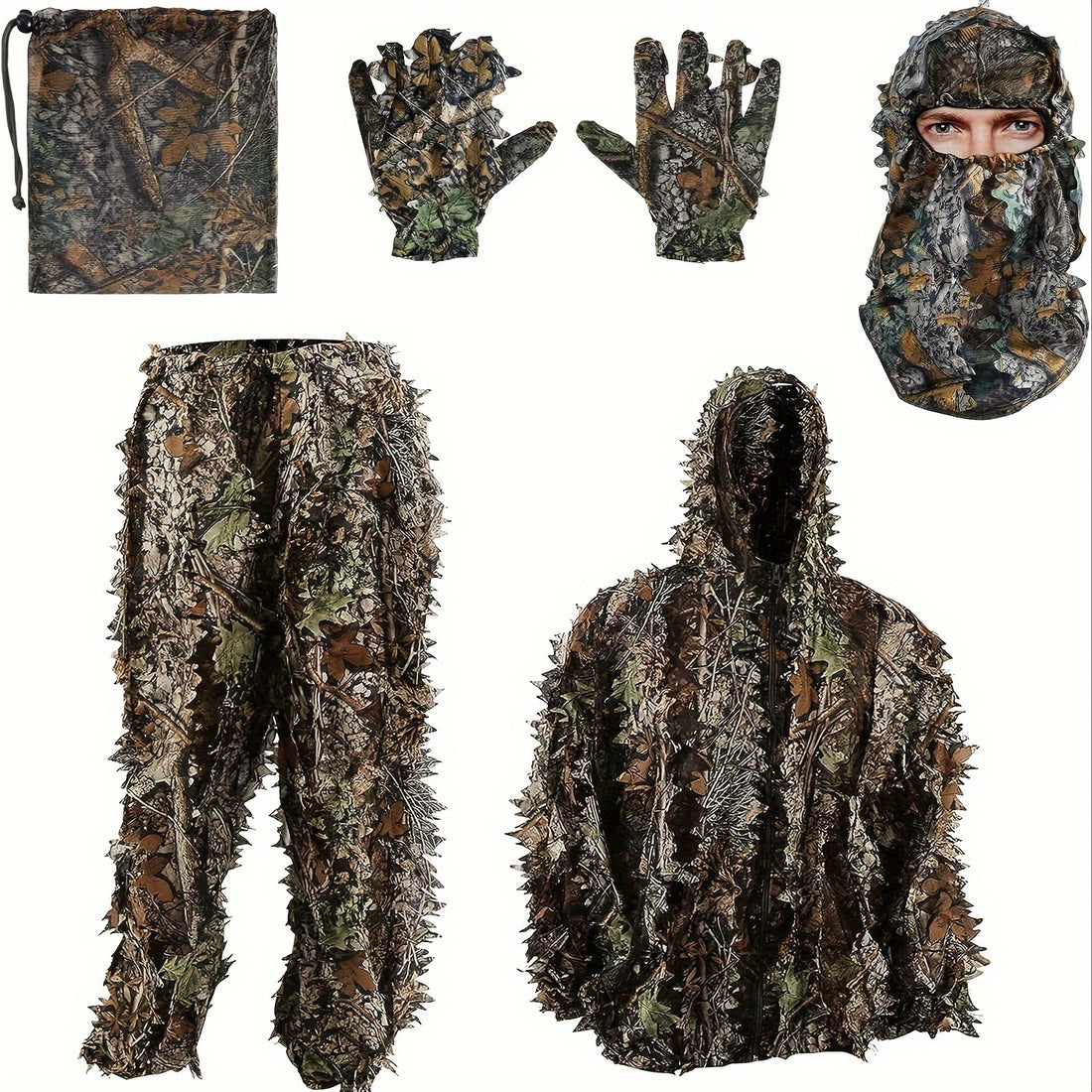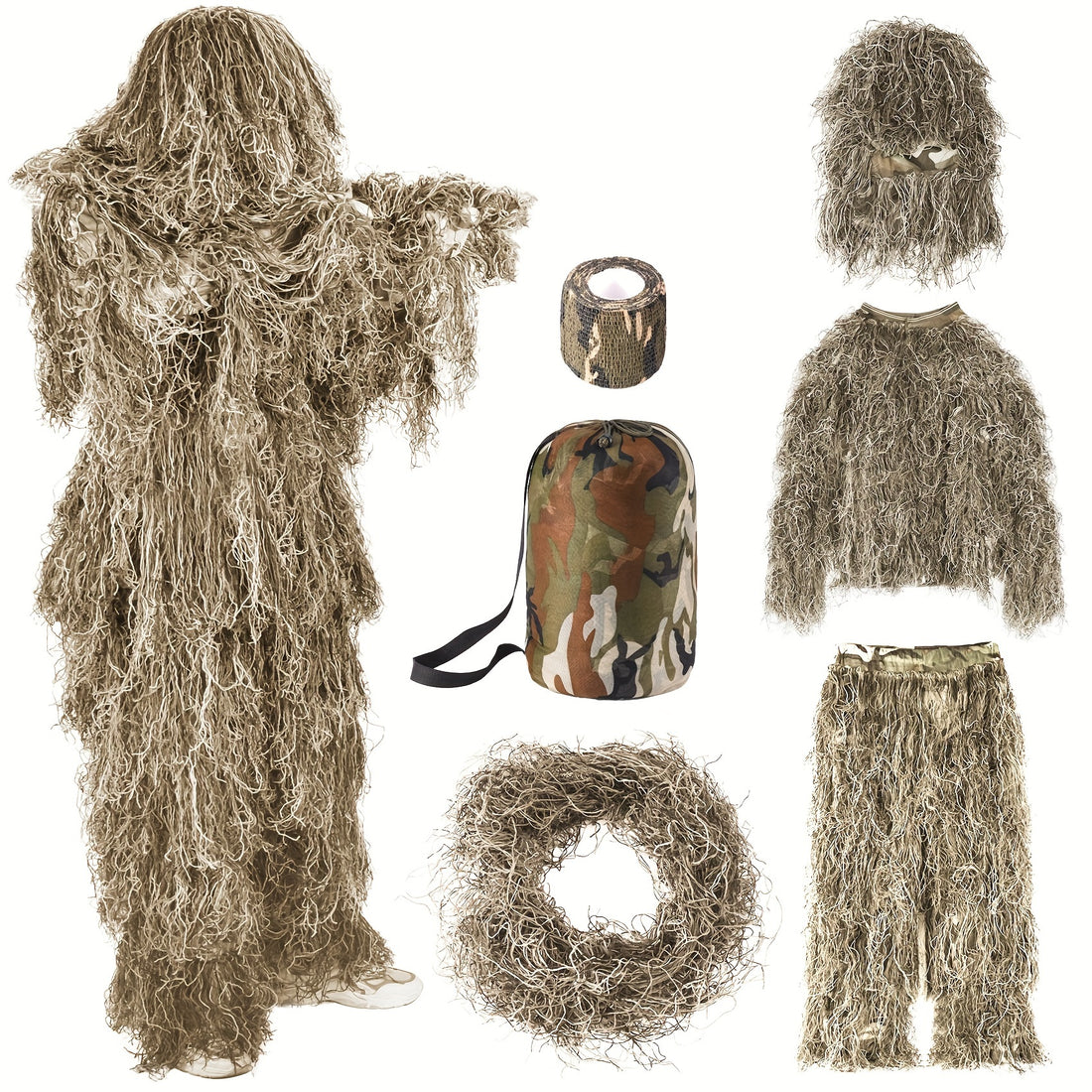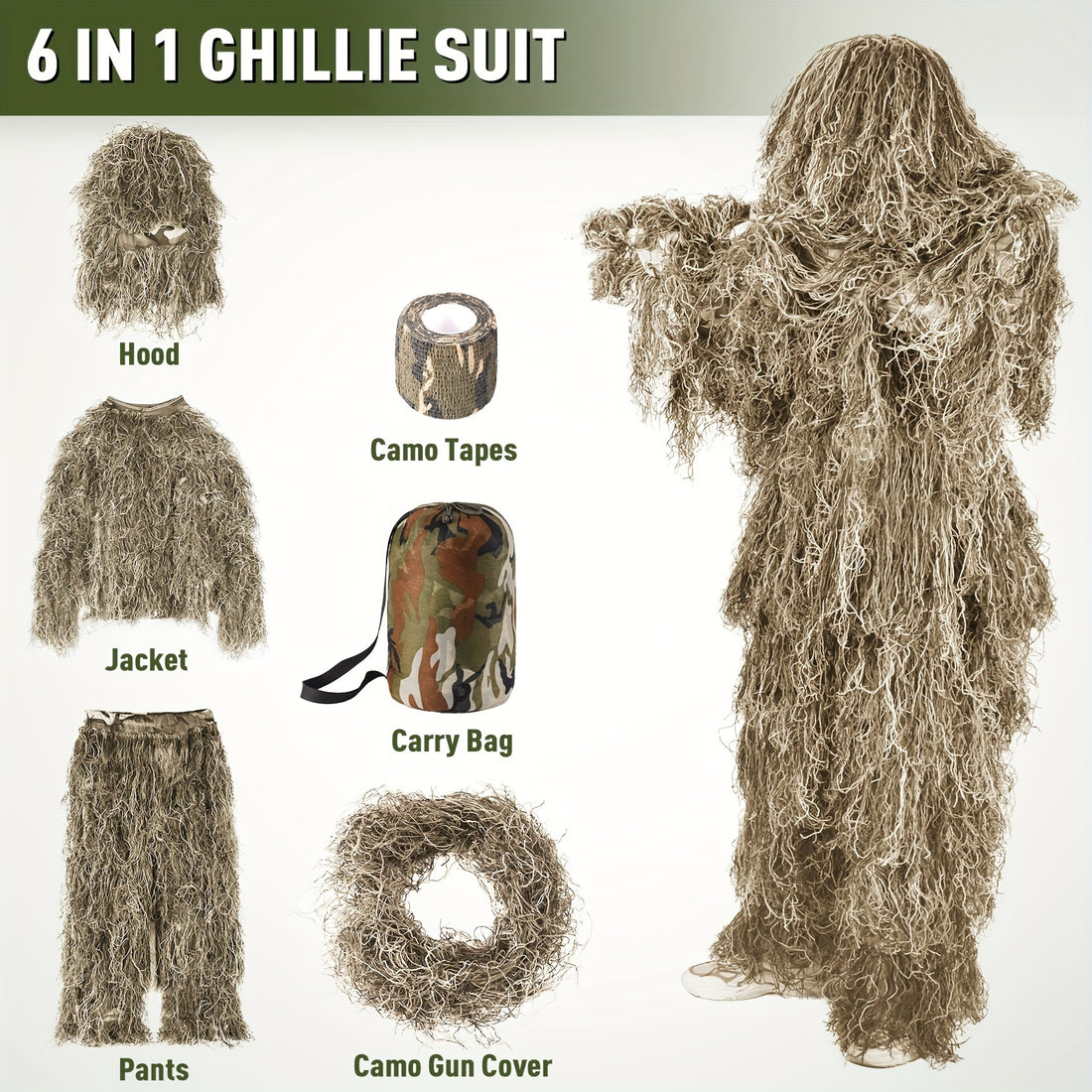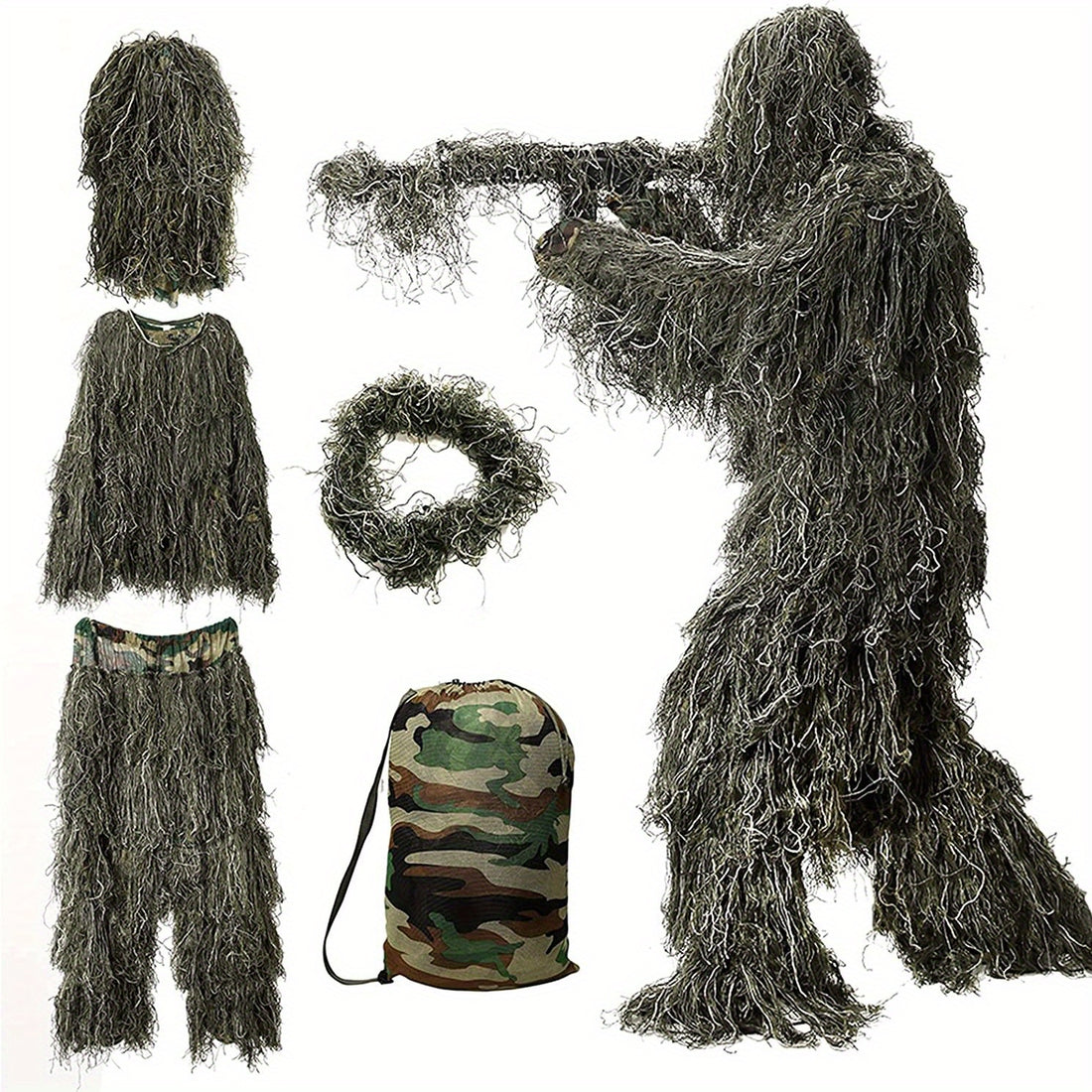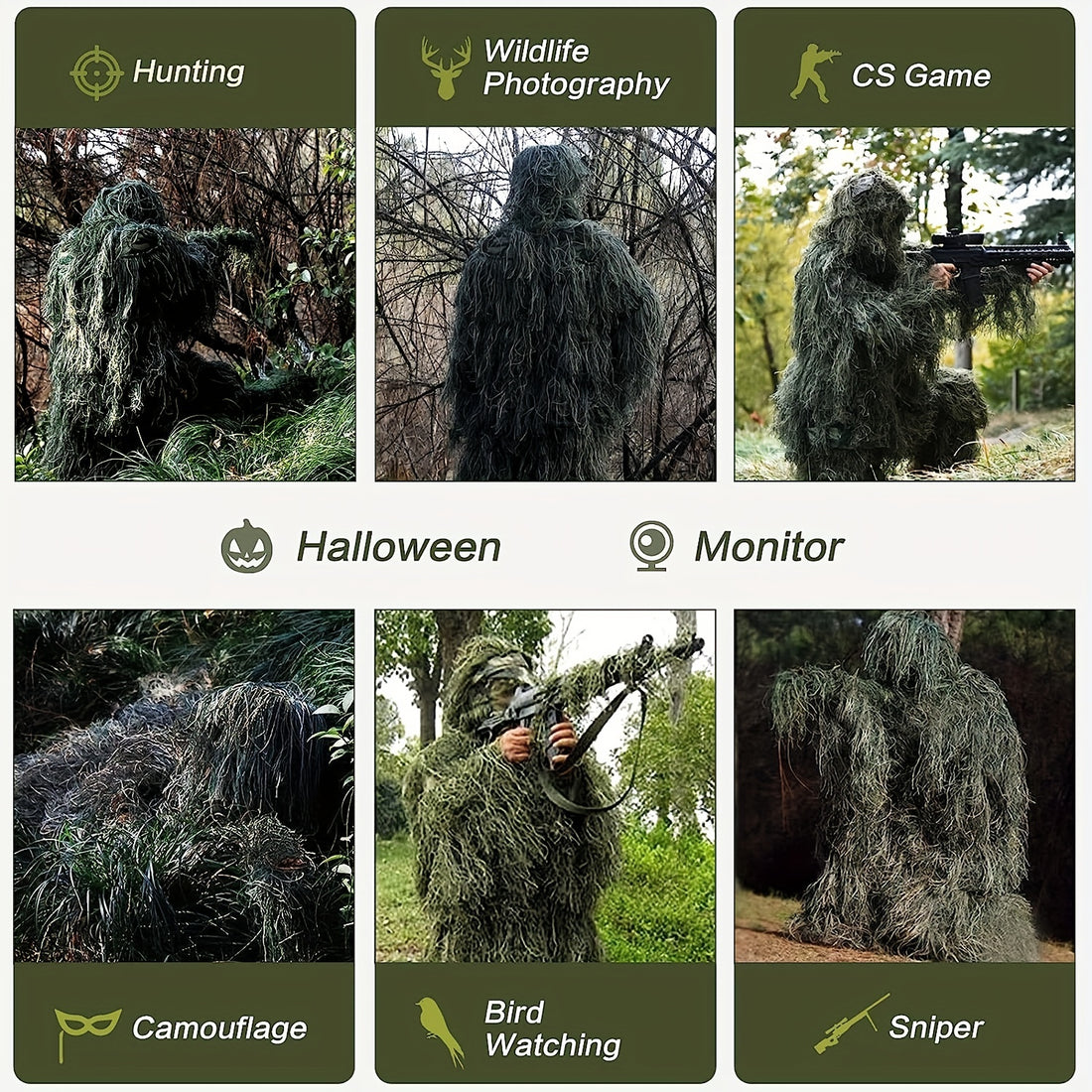A battle belt is one of the most important pieces of tactical gear. Whether you’re in the military, law enforcement, or just enjoying outdoor adventures, your battle belt needs to be set up properly to carry essential items and keep you ready for any situation.
In this guide, we’ll show you what to put on your battle belt and how to organize it for different needs.
What Is a Battle Belt?
A battle belt is a wide belt used to hold gear like pouches, holsters, and other accessories. It is often worn with a plate carrier or chest rig to give you extra space and flexibility to carry more items.
The belt is made from strong materials like nylon or polyester, and it’s designed to be modular. This means you can customize it to carry the gear that’s most important for your mission or activity.
Key Features of a Battle Belt
Before we talk about setting up your belt, let’s look at some important features:
-
Modular Design: You can attach different pouches and accessories.
-
Comfort: It’s usually padded to reduce strain.
-
Durability: It’s made from tough materials that can handle heavy use.
-
Lightweight: Even with gear attached, it’s designed to stay light and agile.
Now, let’s explore what should be included in your battle belt setup.

What to Include in Your Battle Belt Setup
The gear you put on your battle belt will depend on your needs. But there are several essential items that are typically included in any good setup. Let’s break them down:
1. Holster for Your Sidearm or Firearm
If you carry a sidearm or firearm, a holster is a must. It keeps your weapon secure and easy to reach. There are different types of holsters to choose from:
-
Kydex Holsters: They’re durable and allow for a fast draw.
-
Leather Holsters: These are more comfortable, but may take a bit longer to draw from.
-
Universal Holsters: These can hold different types of firearms and offer flexibility.
Make sure your holster is placed where you can draw your weapon quickly and easily. Typically, it’s on your right side if you’re right-handed.
2. Magazines and Ammo Pouches
You need extra magazines, especially for longer operations. Having a mag pouch or mag carrier on your battle belt will ensure that your magazines are safe and easy to grab. A good setup includes:
- Single and double-stack magazine pouches.
- MOLLE pouches that can be attached to your belt and hold magazines securely.
- Pouches with retention straps to keep your magazines from falling out.
It’s recommended to carry at least two extra magazines.
3. First Aid Kit (IFAK)
Accidents can happen anytime, and having a first aid kit (or IFAK) on hand can make a big difference. A basic IFAK should include:
- Tourniquet
- Bandages and gauze
- Trauma shears
- Medical tape
Keep your IFAK in a place that’s easy to reach, such as on the front or side of your belt.
4. Utility Pouches
Utility pouches are great for storing smaller gear that’s essential but not used as often. Some things to consider:
-
Flashlight: For low-light conditions.
-
Multi-tool: Handy for repairs or adjustments.
-
Knife: For cutting or self-defense.
-
Radio: For communication, if needed.
Keep utility pouches on the sides or front of your belt so they’re easily accessible.
5. Dump Pouch
A dump pouch is a great way to store used magazines, gloves, or other gear when you’re not using it.
These pouches are collapsible and lightweight, making them easy to carry around until you need them.
6. Hydration Pouch
Staying hydrated is important, especially on long missions. Adding a hydration pouch or water bottle to your battle belt can make it easier to drink while on the move.
You can attach a hydration system with a bladder to your belt or just carry a standard bottle.
7. Gloves and Knee Pads
Though not always attached directly to your belt, glove pouches or knee pad holders can be helpful if your mission requires a lot of crawling, kneeling, or handling tools.
How to Organize Your Battle Belt for Specific Situations
How you organize your gear depends on your needs. Here are a few tips to help you set up your battle belt:
1. Make Gear Accessible
Make sure that the items you use the most, like your holster, mag pouches, and first aid kit, are easy to access. You want to be able to reach these items quickly.
Keep your holster in a position where you can easily draw your weapon.
Place magazine pouches within easy reach on your waist.
2. Balance the Weight
Your battle belt should be balanced so that no side is too heavy. Distribute the weight evenly to avoid strain on one side of your body. Place heavier items, like mag pouches and your IFAK, on both sides of your waist for better comfort.
3. Keep the Center Clear
The center of your battle belt is usually the best place for a holster or other quick-access gear. Try to keep this area as clear as possible to ensure smooth movement.
Sample Battle Belt Setup
Here’s a simple example of how to arrange your gear on a battle belt:
| Gear Item | Where to Place It on the Belt |
| Holster | Right side (or left for left-handers) |
| Magazine Pouches | Front or sides for easy access |
| First Aid Kit (IFAK) | Front or side of the belt |
| Utility Pouch | Left or right side for quick access |
| Dump Pouch | Back or side of the belt |
| Hydration Pouch | Side or rear of the belt |
Conclusion
Your battle belt setup is all about organization and accessibility. Choose the gear that’s most important for your mission, and arrange it in a way that lets you access everything quickly. With the right setup, you’ll be ready for anything that comes your way.
At AET, we offer a range of high-quality battle belts and other tactical gear, including customized solutions to meet your specific needs. Whether you're outfitting yourself for a tactical mission or an outdoor adventure, we have the gear you need.
Check out our selection today.
